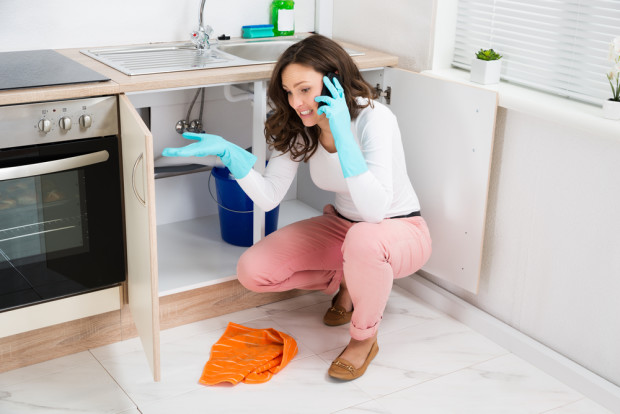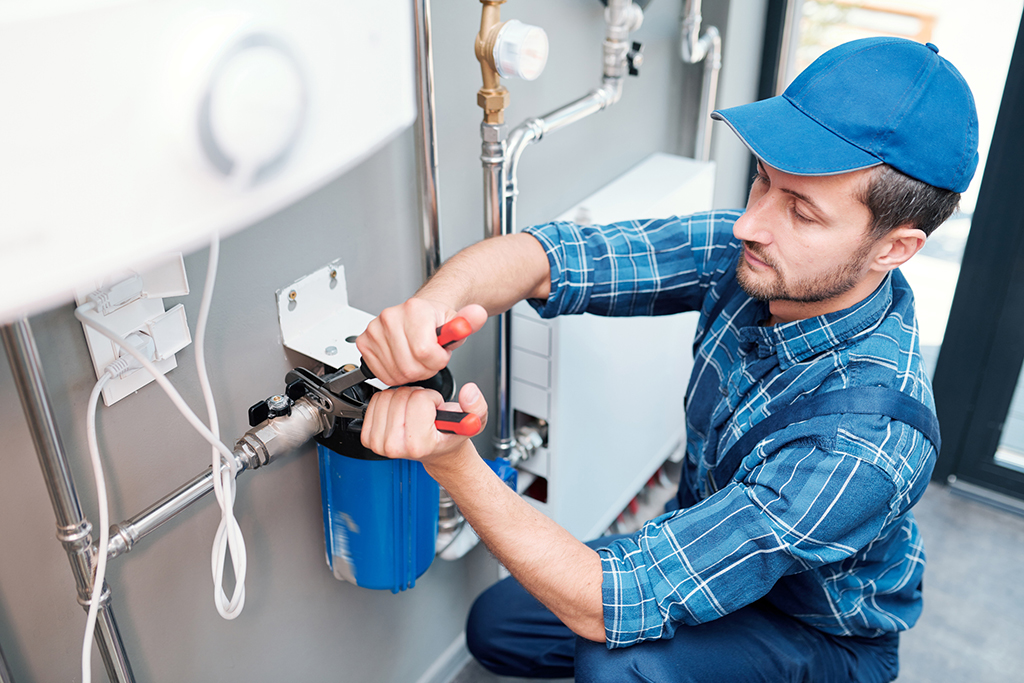When to Manage Plumbing Concerns Yourself vs. When to Consult a Professional Plumber
When to Manage Plumbing Concerns Yourself vs. When to Consult a Professional Plumber
Blog Article
Have you been in search of facts about DIY Plumbing Projects and When to Call a Professional?

Introduction
Pipes issues can vary from minor hassles to major headaches, typically triggering house owners to make a decision in between dealing with the issue themselves or contacting a professional plumbing technician. Recognizing when to DIY and when to seek expert aid can conserve time, money, and avoid potential calamities. This post explores the variables to consider when making this crucial decision.
Advantages of DIY Pipes
Taking on plumbing jobs yourself can be rewarding in numerous methods, particularly for less complex jobs.
Price Savings
Do it yourself plumbing tasks often conserve cash by avoiding expert service fees. Tasks like taking care of small leaks, changing faucets, or mounting brand-new showerheads are instances where homeowners can manage repairs without working with a plumbing.
Skill Improvement
Engaging in do it yourself pipes uses a possibility to discover and enhance functional skills. Standard jobs equip house owners to recognize their pipes systems much better and get self-confidence in managing small repairs individually.
Risks of Do It Yourself Pipes
While DIY projects use advantages, specific threats need to be meticulously thought about prior to attempting repair services.
Complexity of Tasks
Some plumbing concerns require specific understanding and tools beyond common house owner capacities. Messing up complicated problems can lead to further damages and costly repair services.
Safety and security Problems
Dealing with plumbing systems involves risks such as direct exposure to water damages, potential for electrical threats, and dealing with devices improperly. Safety and security precautions have to be observed to prevent accidents and make sure efficient repair work.
Indicators to Call a Professional Plumber
Acknowledging when a pipes issue surpasses DIY capabilities is essential to stop aggravating problems.
Signs of Facility Concerns
Examples consist of:
Prompt specialist intervention is needed to resolve these issues efficiently and minimize damage.
DIY Plumbing Tips
For effective DIY plumbing, it's important to be prepared with the right devices and follow appropriate treatments.
Fundamental Devices and Materials
Key tools for DIY plumbing:
Step-by-Step Guides
Clear guidelines make sure risk-free and efficient DIY fixings:
Choosing the Right Time to Do It Yourself
Identifying when to take on plumbing jobs yourself needs assessing both the complexity of the concern and individual convenience levels.
Analysis Checklist
Think about:
When to Definitely Call a Specialist
Particular situations demand instant skilled interest to avoid comprehensive damages or safety hazards.
Examples include:
Searching for and Employing an Expert Plumbing
Picking a certified plumbing technician ensures trustworthy service and comfort in resolving pipes concerns.
Requirements for Selection
Variables to take into consideration:
Price Analysis: do it yourself vs. Professional Solutions
Contrasting the economic implications of DIY efforts versus expert pipes solutions helps in making informed decisions.
Financial Considerations
Evaluate:
Conclusion
Deciding whether to DIY or call a professional plumber rests on recognizing the complexity of pipes problems and personal capacities. By evaluating the advantages and risks, home owners can make educated selections that promote efficient upkeep and safeguard their homes from plumbing calamities.
DIY Plumbing Projects: What Homeowners Can Do and When to Call a Professional
Welcome to our comprehensive guide on DIY plumbing projects. In this blog post, we aim to empower homeowners with the knowledge and skills to tackle basic plumbing tasks around the house. From unclogging drains to fixing a leaky faucet, we’ll walk you through step-by-step instructions on how to handle these common issues.
However, not all plumbing problems can or should be solved with a DIY approach. Recognizing when a problem is beyond your skill level and requires professional intervention is just as important as knowing how to perform basic tasks. We’ll also discuss the signs that indicate it’s time to put down your tools and pick up the phone to call a professional plumber. By understanding when to DIY and when to call a professional, you can save time, avoid potential disasters, and ensure your home’s plumbing system remains in top shape.
Understanding Plumbing Basics
Before we dive into the DIY projects, let’s take a moment to understand the basics of your home’s plumbing system. A typical residential plumbing system consists of two major components: the water supply system, which brings fresh water into your home, and the drainage system, which removes waste water. These systems are made up of a network of pipes, valves, and fixtures that work together to deliver clean water and dispose of waste efficiently.
Regular maintenance of your plumbing system is crucial to prevent minor issues from escalating into major problems. This includes tasks like checking for leaks, removing minor clogs, and ensuring your pipes are insulated for winter. By performing these tasks regularly, you can extend the lifespan of your plumbing system, save money on water bills, and maintain the comfort and hygiene of your home.
In the following sections, we’ll explore some common DIY plumbing projects that homeowners can handle, as well as situations that require the expertise of a professional plumber. Whether you’re a seasoned DIY enthusiast or a beginner, this guide will provide you with valuable insights into the world of home plumbing.
DIY Plumbing Projects Homeowners Can Handle
Plumbing may seem intimidating, but there are several tasks that homeowners can confidently tackle with a little guidance and the right tools. Here are a few common issues you might encounter and how to address them.
Unclogging Drains
Use a Plunger: This is your first line of defense. A good old-fashioned plunger can dislodge the obstruction and clear the drain in many cases. Try a Plumber’s Snake or Hand Auger: If the plunger doesn’t work, a plumber’s snake or hand auger can reach deeper into the pipe to break up the clog. Use a Drain Cleaner: If physical methods fail, a chemical drain cleaner can dissolve the clog. However, use these products sparingly as they can damage your pipes if overused.

Hopefully you enjoyed our section about DIY Plumbing Projects and When to Call a Professional. Thanks for spending some time to browse our piece. In case you enjoyed reading our article plz be sure to pass it around. Thank you for your time invested reading it.
Click For More Info Report this page